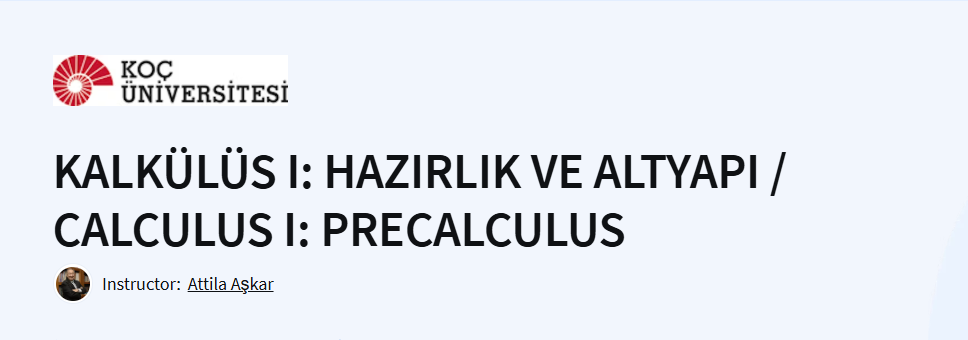What you will learn In Matrix Algebra for Engineers Course
Matrix operations: multiplication, transpose, inverse, orthogonal matrices.
Solving systems of linear equations using Gaussian elimination and LU decomposition.
Understanding vector spaces, linear independence, and the Gram-Schmidt process.
Exploring determinants, eigenvalues, and matrix diagonalization.
Applying matrix algebra to solve engineering problems.
Program Overview
Matrices
⏳ 5 hours
- Introduction to matrices, matrix operations, and special matrices.
- Understanding matrix transpose, inverse, and orthogonality.
Systems of Linear Equations
⏳ 5 hours
- Solving linear systems using Gaussian elimination and LU decomposition.
- Understanding reduced row echelon form and matrix inverses.
Vector Spaces
⏳ 5 hours
- Exploring vector spaces, linear independence, and span.
- Applying the Gram-Schmidt process and understanding null and column spaces.
Eigenvalues and Eigenvectors
⏳ 4 hours
- Calculating determinants and solving the eigenvalue problem.
- Understanding matrix diagonalization and powers of a matrix.
Get certificate
Job Outlook
Enhances mathematical proficiency for careers in engineering, data science, and computational modeling.
Provides a solid foundation for advanced studies in engineering mathematics and simulation.
Completing this course can bolster qualifications for roles requiring strong analytical and problem-solving skills.
Specification: Matrix Algebra for Engineers
|
FAQs
- Essential for solving systems of linear equations in mechanical, civil, and electrical engineering.
- Widely used in computer graphics, robotics, control systems, and signal processing.
- Helps model real-world systems such as networks, circuits, and structural frameworks.
- Forms the foundation for advanced topics like eigenvalues, eigenvectors, and linear transformations.
- Strengthens logical thinking, analytical reasoning, and problem-solving abilities critical for engineering tasks.
- Basic knowledge of algebra, functions, and arithmetic operations is recommended.
- No prior knowledge of advanced linear algebra is required; the course starts with fundamental concepts.
- Introduces matrices, determinants, vector spaces, and matrix operations in a structured manner.
- Builds gradually from simple computations to more complex applications in engineering.
- Prepares learners for higher-level topics in control systems, robotics, and applied mathematics.
- Helps solve linear systems for circuit analysis, mechanical structures, and network flows.
- Used in image processing, 3D modeling, and simulations in computer graphics and robotics.
- Facilitates data analysis and optimizations in engineering projects and research.
- Provides tools for eigenvalue analysis, which is critical in vibrations, stability, and control systems.
- Enables engineers to model, analyze, and optimize complex systems mathematically and computationally.
- Focuses primarily on manual computations to strengthen conceptual understanding.
- Encourages students to learn matrix operations, determinants, and inverses without relying solely on software.
- Software tools like MATLAB, Python, or Mathematica can later be used to handle large-scale or complex matrix problems.
- Understanding manual methods ensures students can troubleshoot and verify computational results.
- Prepares learners for practical engineering applications where both analytical and computational approaches are necessary.
5. Will mastering matrix algebra improve my performance in engineering exams or competitive tests?
- Essential for topics like systems of linear equations, linear transformations, and vector spaces in exams.
- Strengthens problem-solving skills required for analytical and numerical questions in GATE, ESE, and university exams.
- Provides a foundation for advanced subjects such as control systems, signal processing, and numerical analysis.
- Improves speed and accuracy in solving matrix-related problems by teaching structured solution methods.
- Builds confidence and competence in tackling both theoretical and applied engineering problems.





